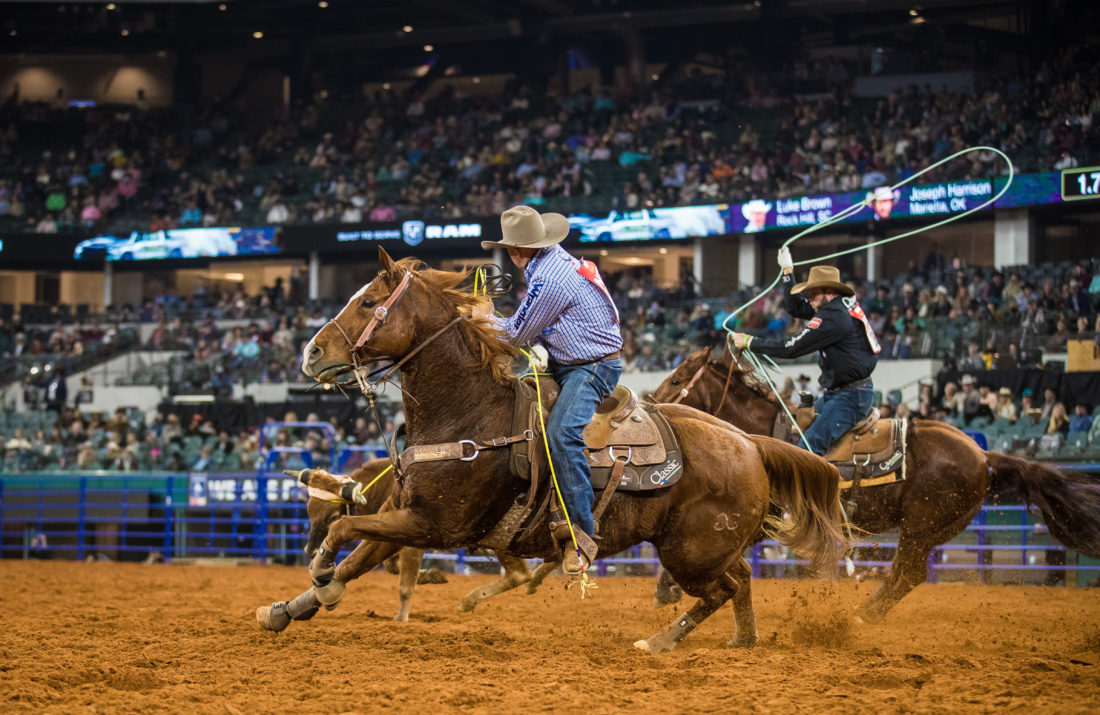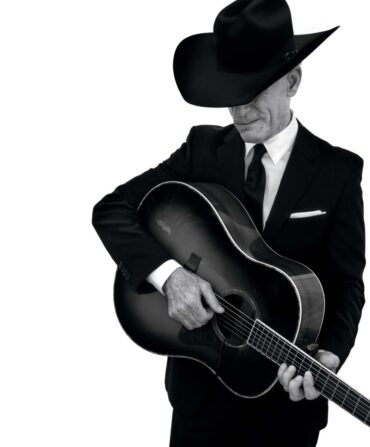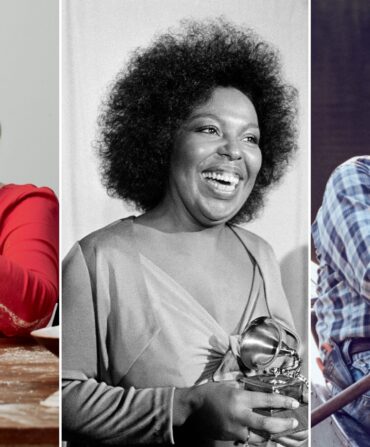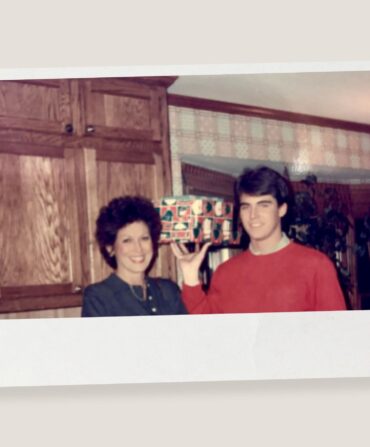As the tropes of summer in the South intensify during the dawg days, Texans saddle up to do what’s natural out their way—namely, they get out to the rodeo. Though there are rodeos, and cowboys and cowgirls keen to ride in them, in California, Oregon, Washington, Montana, Idaho, Arizona, on through the Rockies and across the Great Plains, America has just one true “Cowtown,” and that is Fort Worth.
Fort Worth’s famous Stockyards and its cattle exchange were established in the latter half of the nineteenth century—some four million head of cattle passed through there to market between 1866 and 1890—hence one of its nicknames, “the Wall Street of the West.” The eponymous Cowtown Coliseum, built as a show arena on Exchange Street near the Stockyards in 1907, hosted the country’s very first indoor rodeo. Now modernized and air-conditioned, the Coliseum stages around eight rodeos per month, a production feat and an audience draw unequalled anywhere else in America. That’s in addition to the Professional Rodeo Cowboys Association (PRCA) events strewn throughout arenas across the state, the South, and West in the runup to the National Finals Rodeo championship in December.

As NASCAR racing spawned from the intense backwoods driving skills of Appalachian bootleggers such as Junior Johnson, rodeo events evolved from an array of range skills honed by nineteenth-century cowhands. Today, the classic events include bull riding, tie-down roping, team roping, bareback and saddle bronc busting, breakaway roping, and barrel racing. Women chiefly compete in roping and barrel racing. Team roping can be considered the rodeo equivalent of doubles in tennis: As the steer bursts from the chute, the “header” ropes the head and dallies that rope around the pommel of his or her saddle, while the “heeler” ropes the hind legs so that the steer comes to a halt. Watching a cowgirl or a cowboy shoot a loop under the legs of a bucking steer from the back of a quarter horse is a thrill, and dynamic athleticism is very much part of what keeps the Fort Worth audience coming back to the Cowtown Coliseum on Friday and Saturday nights.
At this point in the rodeo year, from Labor Day on out through the fall, the pace of all rodeos across the country and the competition within the individual events intensifies in anticipation of the onrushing national championship, back this year in its usual spot, Las Vegas, after a detour to Arlington, Texas in 2020 due to the pandemic. The North Texas Fair & Rodeo regionals just wound up in Denton, and upcoming in-state events include the West Texas Fair and Rodeo from September 10 to 18 in Abilene.

Not to be outdone in any cowboy show of skill by its rival sibling Fort Worth, Dallas’s State Fair of Texas runs rodeo events for three solid weeks, starting September 24 this year, at the municipal fairgrounds. Among those: the Mexican Rodeo Fiesta, the State Fair of Texas Youth Rodeo, the Texas regional United Professional Rodeo Association (UPRA) finals, and bull-riding. All of which culminates in the State Fair of Texas’s own ranch rodeo on October 15 and 16.
Bottom line, in this vast, cowboy-inflected chunk of the South, rodeoing is more than just a sport or a spectacle—it’s part of the air people breathe from the cradle up. You’ll notice that most fully if you’re fortunate enough to book into one of the state fairs for a few days: The remarkable pride of place demonstrated in the reverence toward the prize-winning bulls, cattle, and horses on show harks back to another century in America.
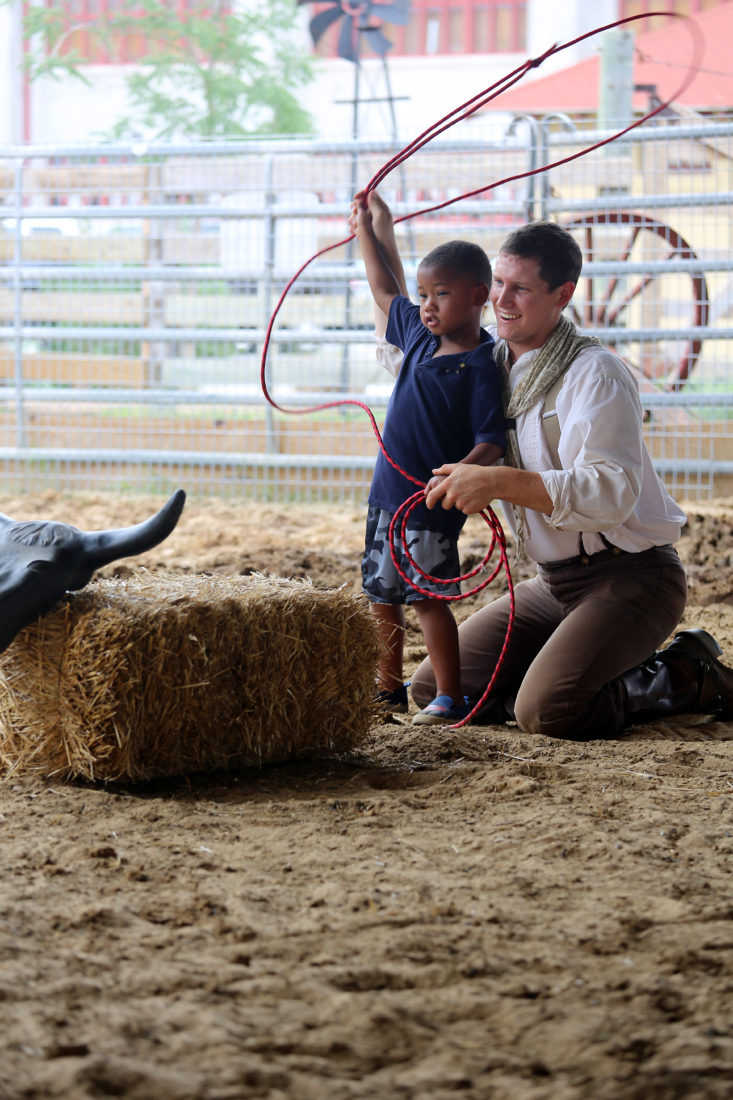
Texans like to start their heirs and assigns early on the idea of wrangling ornery livestock. For youngsters, pretty much all the rodeos hold “calf scrambles,” best described as pushing out a bunch of calves into a ring with a bunch of awaiting kids, then seeing what happens as the wrestling melee kicks off.
In other parts of the South, we’re in the habit of introducing our children to the disciplines and the many natural wonders of the field and the stream. But in the rodeo precincts of Texas, the tough-love subtext from the parents about the natural world is slightly more workmanlike. Put in coaching parlance, it runs approximately like this: Hey boy, that bronc over there that just tossed you on your butt? Get up out of that cow pile, dust off your hat, and go saddle back up.


